The decision between Braces vs Invisalign (made by Align Technology) to fix misaligned teeth can be overwhelming anywhere, including NYC. It starts with choosing the best orthodontist in NYC. Each approach has its advantages and disadvantages, and the same applies to orthodontics in NYC. Ultimately, the decision is influenced by personal considerations, including your dental condition and way of life. So who wins the battle of Invisalign vs Braces?
Orthodontists and dentists frequently suggest standard or ceramic brackets for cases that extend beyond merely straightening crooked teeth, Invisalign and Invisalign Teen are rapidly advancing in technology and flexibility, making them excellent options for enhancing your smile. This article will delve deeper into the effectiveness of these treatments, helping you make a more informed decision about not only which therapy, but which orthodontic office you will choose here in NYC for your oral health and arrange your teeth in a beautiful smile.
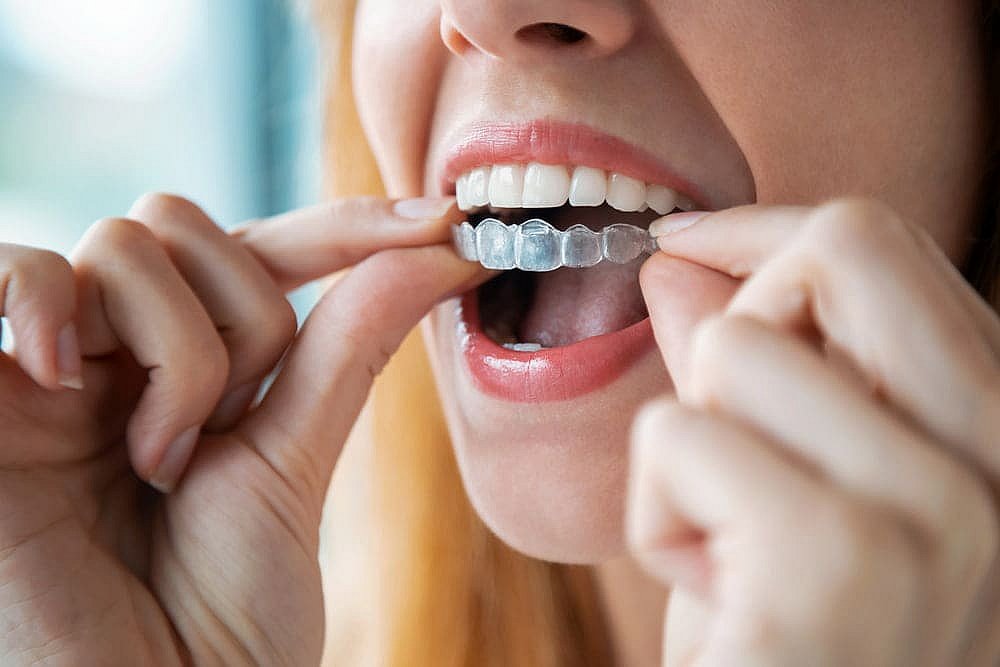
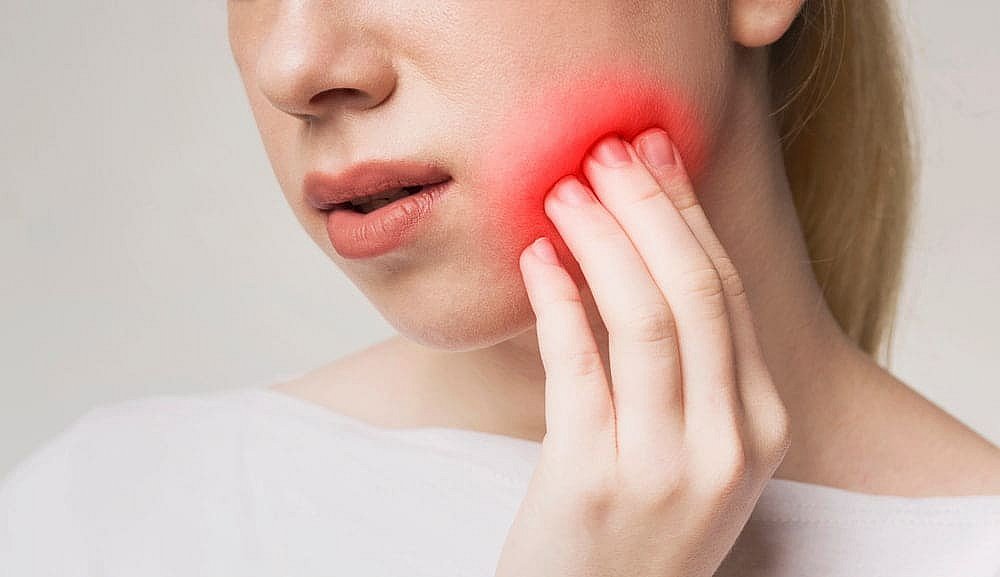
The complexity of a dental case influences the type of treatment chosen. Certain techniques provide enhanced control, making them more suitable for addressing complicated dental issues.
Ongoing commitment and compliance are vital for certain procedures. A patient’s daily routines or behaviors can significantly impact the effectiveness of the treatment selected.
In cases where habits are inconsistent, alternative approaches might prove more effective, delivering consistent results with less dependence on daily patient adherence.
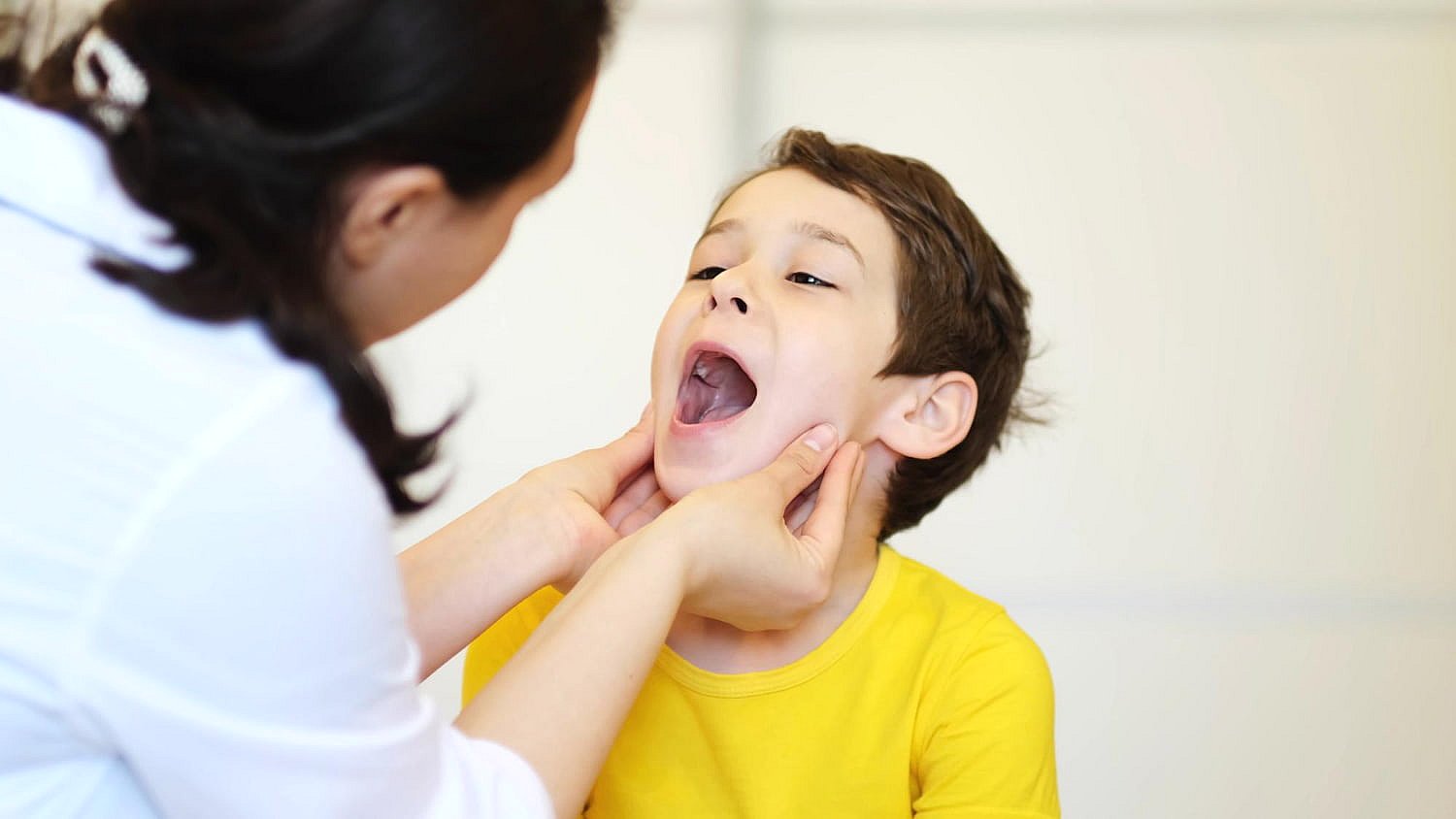
Orthodontic treatment is a valuable investment. Many procedures enhance oral hygiene, making it easier to maintain and possibly decreasing the number of cleaning visits needed later on.
Some methods are effective in lowering bacteria levels, promoting healthier teeth and gums, and fostering improved long-term oral health with a reduced risk of complications.
Conversely, other treatments require diligent cleaning practices. If care is neglected, plaque can accumulate, making routine cleaning vital for overall health maintenance.
Investigate the differences in orthodontic care for children and adults, emphasizing growth patterns, lifestyle factors, and the tailored approaches offered for both age groups.
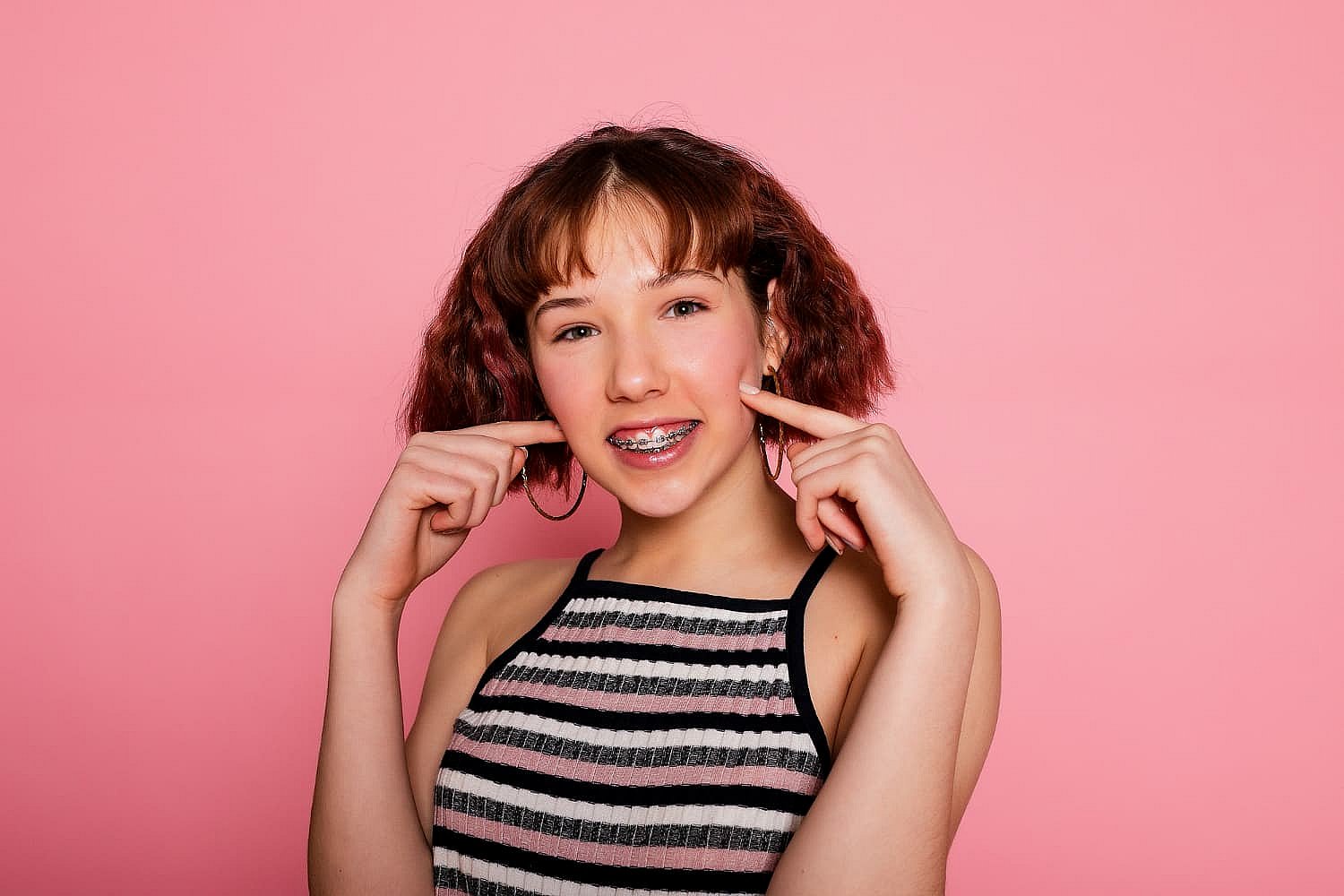
Early orthodontic treatment plays a crucial role in shaping the development of teeth and jaws during childhood. Conventional braces are both effective and suitable for younger individuals, allowing for precise handling of intricate dental issues, all while alleviating concerns about aesthetics.
Adults typically decide between removable and fixed treatments according to their lifestyle preferences. Removable options provide ease and a more appealing look, whereas fixed treatments are ideal for those with less consistent habits, guaranteeing dependable results. Ultimately, both methods hinge on the complexity of the case and individual choices.
Clear aligners are effective for addressing minor misalignment, providing a subtle solution. Traditional braces also deliver results, and treatment decisions often depend on cost considerations.
Braces are perfect for addressing significant misalignments or bite issues, offering enhanced force and precision, which makes them the top choice for intricate situations.
Aligners cater to individuals valuing convenience, whereas braces provide a low-maintenance alternative for those wanting dependable orthodontic care. Lifestyle factors play a key role in the choice.
Addressing prevalent myths enables patients to make knowledgeable choices regarding braces and clear aligner therapies.
Many people think braces are just for kids or teens; in fact, they work for all ages, and become an effective treatment to correct long-standing orthodontic concerns for adults.
Clear aligners can be just as affordable as braces and can address a variety of cases. While they may not be ideal for the most complex problems, they are still efficient when patients follow the guidelines and with careful treatment planning to meet different orthodontic requirements.
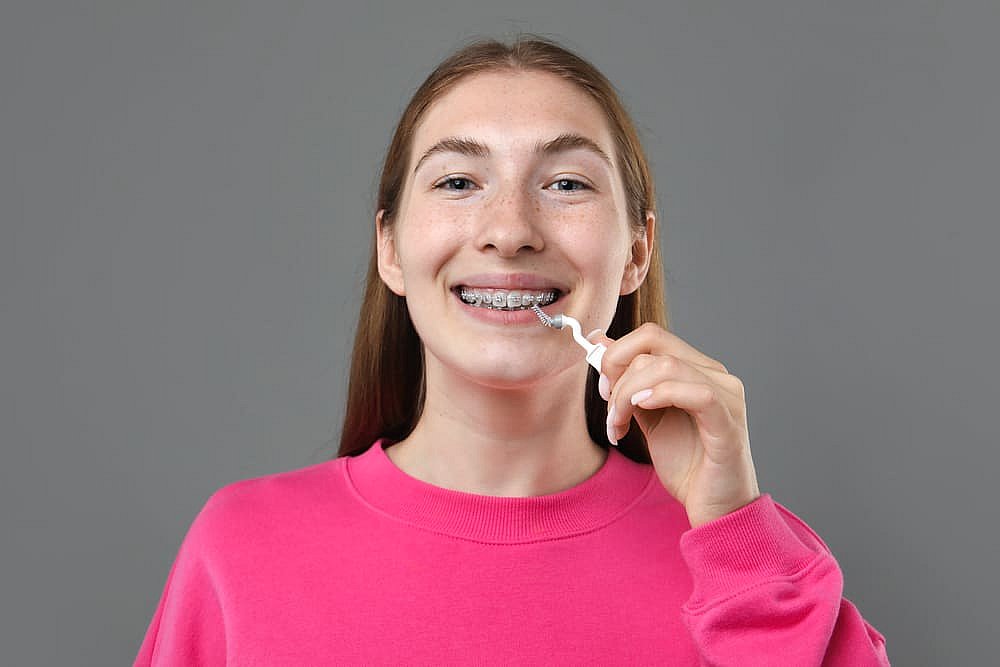
Clear aligners can efficiently address scenarios involving tooth extractions when applied as instructed. The success of these treatments largely hinges on the patient’s adherence, as inconsistent use might result in delayed progress or unsatisfactory outcomes. In these cases, other treatment alternatives might be required to achieve effective corrections, tailored to the specific needs and objectives of each patient’s orthodontic experience.
Fixed appliances typically excel in managing complex dental movements, such as adjusting the bite or repositioning the jaw, because they provide precise control. On the other hand, removable appliances can ease certain procedures, like aligning teeth and closing gaps at the same time; yet, their effectiveness is greatly dependent on the patient’s commitment. Ultimately, the selection of treatment is influenced by the severity of the dental issue and the patient’s readiness to adhere to the proposed plan.

Orthodontic treatment depends on multiple aspects, including your dental requirements, way of life, and finances. Begin with a free orthodontic consultation at Gramercy Orthodontics in NYC to identify the optimal strategy for attaining a vibrant, confident, and lasting smile customized for you by Dr. Barry Elaahi, DDS and Dr. Jason Berk, DDS.

© 2025 Best Orthodontists in NYC
Braces Invisalign Gramercy Ortho Dr. Barry Elaahi & Dr. Jason Berk, Board-certified Orthodontists in NYC,
All Rights Reserved.
Monday – Friday : 8:00am – 7:00pm
Saturday : 8:00am – 3:00pm
© Copyright 2025 Gramercy Orthodontics